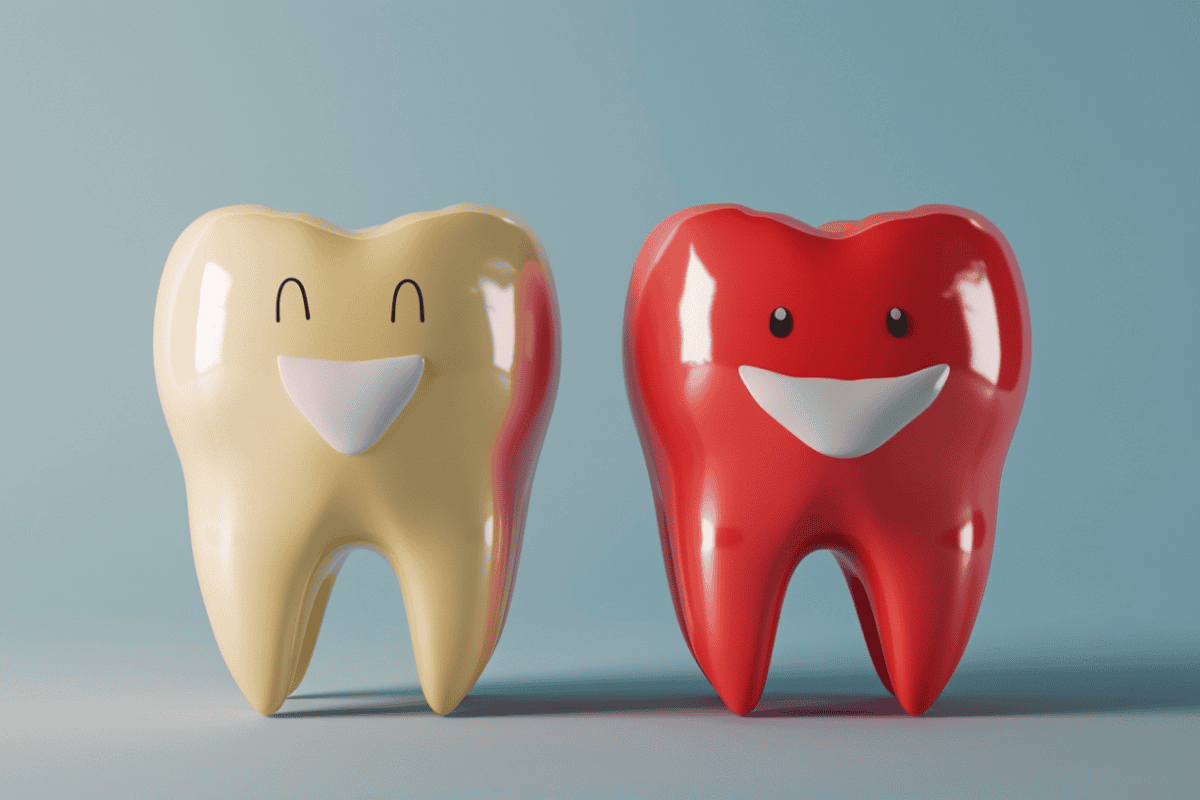Dental restorations aim to restore damaged or missing teeth’ function, shape, and appearance. A dentist downtown often performs them to help maintain their patients’ oral health. Typically, they range from a simple filling to a more complex procedure, such as a crown or bridge. The type of restoration needed depends on the extent of the damage or decay of the tooth. If you’re curious about the full scope of dental restoration, read on to find out!
Why Do You Need Dental Restorations?
There are many reasons why a person may need dental restorations. One of the most common reasons is tooth decay. When a person neglects their oral hygiene, plaque and bacteria can build up on their teeth, leading to cavities. These cavities, if left untreated, can lead to further damage and even tooth loss. Other reasons for dental restorations include trauma to the tooth, such as a chip or fracture, or wear and tear due to age or improper use. Dental restorations not only help to restore the function of the teeth but also improve their appearance. It can lead to increased self-confidence and a better quality of life.
Common Types of Dental Restorations
There are several types of dental restorations that a dentist downtown may recommend. Check out the most common ones here:
- Fillings: Fillings are used to fill cavities and prevent further decay. They can be made of different materials, such as silver amalgam or tooth-coloured composite resin.
- Crowns: Crowns cover a damaged or decayed tooth that cannot be repaired with a filling. They are made of porcelain, metal, or a combination of both.
- Bridges: Bridges are another type of dental restoration used to replace missing teeth. They comprise two or more crowns attached to the surrounding teeth, with a false tooth in between.
- Dental implants: Dental implants are another option for replacing missing teeth. They involve surgically implanting a metal post into the jawbone, onto which a replacement tooth is attached.
How Does a Dentist Determine the Need for a Dental Restoration?
A dentist downtown will determine the need for a dental restoration by thoroughly examining the teeth and gums. They will also consider the patient’s medical history and any symptoms they may be experiencing. During the examination, the dentist will look for signs of decay, damage, or missing teeth. They may also take x-rays to view the teeth and bone structure better. Based on their findings, the dentist will recommend the most appropriate dental restoration for the patient’s needs. They will also discuss the benefits and risks of the procedure, as well as the cost and any insurance coverage.
The Process of Getting a Dental Restoration
The process of getting a dental restoration will depend on the type of restoration being performed.
Filling Procedure
For a filling, the dentist will first numb the area around the tooth with a local anesthetic. They will then remove the decayed portion of the tooth and fill the cavity with the chosen material.
Crown or Bridge Procedure
The dentist will first prepare the tooth for a crown or bridge by removing any decay or damage. They will then take an impression of the tooth, which will be used to create the crown or bridge. A temporary restoration will be placed on the tooth while the permanent restoration is being made.
Dental Implant Procedure
For a dental implant, the process will involve multiple appointments. The first appointment will include placing the metal post into the jawbone. The patient must then wait several months for the position to fuse with the bone. Once this has occurred, the replacement tooth can be attached to the post.
Benefits of Getting a Dental Restoration
There are many benefits to getting a dental restoration. One of the most obvious is the restoration of function. A damaged or missing tooth can make eating or speaking difficult. Restoring the tooth can improve these functions and make it easier to maintain good oral health.
Dental restorations can also improve the appearance of the teeth. It can lead to increased self-confidence and a better quality of life. Finally, dental restorations can prevent further damage or decay to the teeth. That can help to avoid more extensive and costly procedures in the future.
Dental Restoration Aftercare & Maintenance
After getting a dental restoration, it is important to practice good oral hygiene to maintain the health of the teeth and gums. It includes brushing twice daily, flossing daily, and visiting the dentist downtown regularly for cleanings and checkups. In addition, it is important to avoid habits that can damage the teeth, such as chewing on ice or using the teeth to open the packaging. The longevity of dental restoration will depend on the type of restoration and how well it is cared for. A filling may last several years, while a crown or bridge can last up to 15 years or more. Dental implants can last a lifetime with proper care.
In conclusion, dental restorations are important to maintaining good oral health. They can help to restore the function and appearance of damaged or missing teeth and prevent further damage or decay. If you are experiencing tooth pain or discomfort or have a damaged or missing tooth, it is important to visit a dentist downtown to discuss your options for dental restorations. With the right care and maintenance, a dental restoration can last many years, improving your quality of life and overall health.
This is a sponsored post
Digital Health Buzz!
Digital Health Buzz! aims to be the destination of choice when it comes to what’s happening in the digital health world. We are not about news and views, but informative articles and thoughts to apply in your business.


